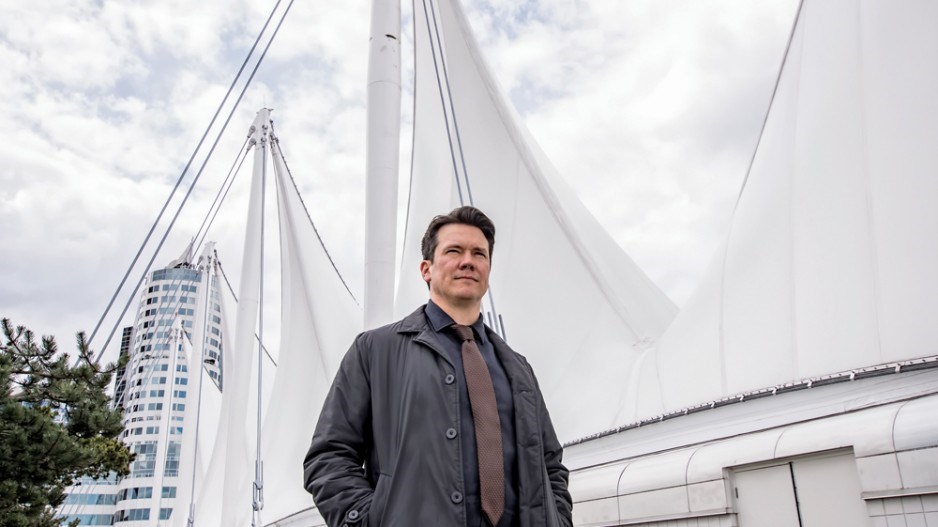The global cruise ship sector has long been maligned for being an environmental menace, but this is changing, as hybrid, LNG-powered and electric ships start to appear.
The environmental group Stand.Earth has criticized the industry for discharging sewage and wastewater into the ocean.
It also found in a 2019 study that concentrations of particulate matter on cruise ship decks were comparable to concentrations in Beijing, Santiago and other cities with high levels of air pollution.
The European clean-transportation lobby group Transport & Environment reported in 2019 that Carnival Corp. (NYSE:CCL) emitted 10 times more sulphur oxides than all of Europe’s 260 million cars, while Royal Caribbean Cruises (NYSE:RCL) emitted four times the sulphur oxides of those vehicles.
Cruise line executives stress that their industry is changing, and they point to reduced greenhouse-gas emissions, targets for further reductions in those emissions and a shift to ships with lower emissions.
“We are planning to reduce our carbon footprint rate by 40 per cent by 2030,” Carnival senior vice-president and chief communications officer Roger Frizzell told BIV.
He added that the company has already reduced its emissions by 30 per cent, compared with 2008, and that its goal is to reach zero emissions by 2050.
“We were the first to operate Liquefied Natural Gas (LNG)-powered ships, and we have several new LNG-powered ships entering our fleet with our brands,” Frizzell said.
Cruise Lines International Association – North West & Canada (CLIA) spokesman Barry Penner told BIV that he knows of 27 LNG-powered cruise ships that various cruise lines are operating.
“That’s becoming a trend,” he said. “There’s a lot of research being done into other alternative fuels – lower-carbon fuels – including options such as fuel cells.”
In 2019, the MS Roald Amundsen was the first hybrid cruise ship to dock at the Port of Vancouver. Powered by large battery packs to reduce fuel consumption, it reduces carbon emissions by about 20 per cent.
Electric ships are also being developed.
The world’s largest electric cruise ship, the Yangtze River Three Gorges 1, completed a trial voyage in January, and started a maiden voyage in early April, according to the Chinese government.
That ship is 100-metres long, 16.3-metres wide and has room for 1,300 passengers. Its range is relatively short, however, because it can travel only about 100 kilometres on a single charge.
The Vancouver Fraser Port Authority rewards cruise lines with lower harbour dues when ships are quieter and cleaner, the authority’s director of climate action and sustainability leadership, Ronan Chester, told BIV.
He said that the port has eliminated the equivalent of 25,000 tonnes of greenhouse-gas emissions since 2009 because it can power ships with electricity when they are docked.
Cruise lines then pay BC Hydro for the cost of any electricity used.
Frizzell estimated that about 45 per cent of Carnival’s ships can now connect to electric charging while docked and that this percentage will rise to 60 per cent by 2030.
When ports don’t have electrical shore power for ships, the vessels use carbon-based fuels to power internal lights and heat or air conditioning.
Chester estimated that the port’s initial investment in electric shore power was about $9 million in 2009. Governments and cruise lines supplied the initial funds, but the port authority has invested through the years to upgrade the system.
“We have plans to further enhance the flexibility of the system because, of course, one of the challenges that you have is many different types of cruise ships call with different shore-power locations on the ships,” he said.
Victoria does not yet have shore-power capacity.
The Greater Victoria Harbour Authority’s (GVHA) board of directors in late 2020 said that Victoria’s port would move ahead with a shore-power project, and that the initiative was likely to cost up to $24.8 million.
GVHA CEO Ian Robertson told BIV that his port authority is looking to install shore-power capacity and is working out financing between different levels of government and cruise lines.
The Port of Vancouver welcomed its first cruise ship of the season on April 10, when Holland America’s MS Koningsdam arrived at Canada Place.
The season had been slated to start on April 7, but the Princess Cruises ship, the Caribbean Princess, had an outbreak of COVID-19 and required some repairs. That sidelined the vessel for what operators called an “extensive dry dock.”
The port authority expects more than 300 cruise-ship calls this year, which is more than the 288 in 2019.
According to industry estimates, cruise ships will have fewer passengers at the start of the year, but will be at capacity by mid-summer.
Each cruise ship call generates an estimated $3.17 million in direct economic activity, according to the port. •




